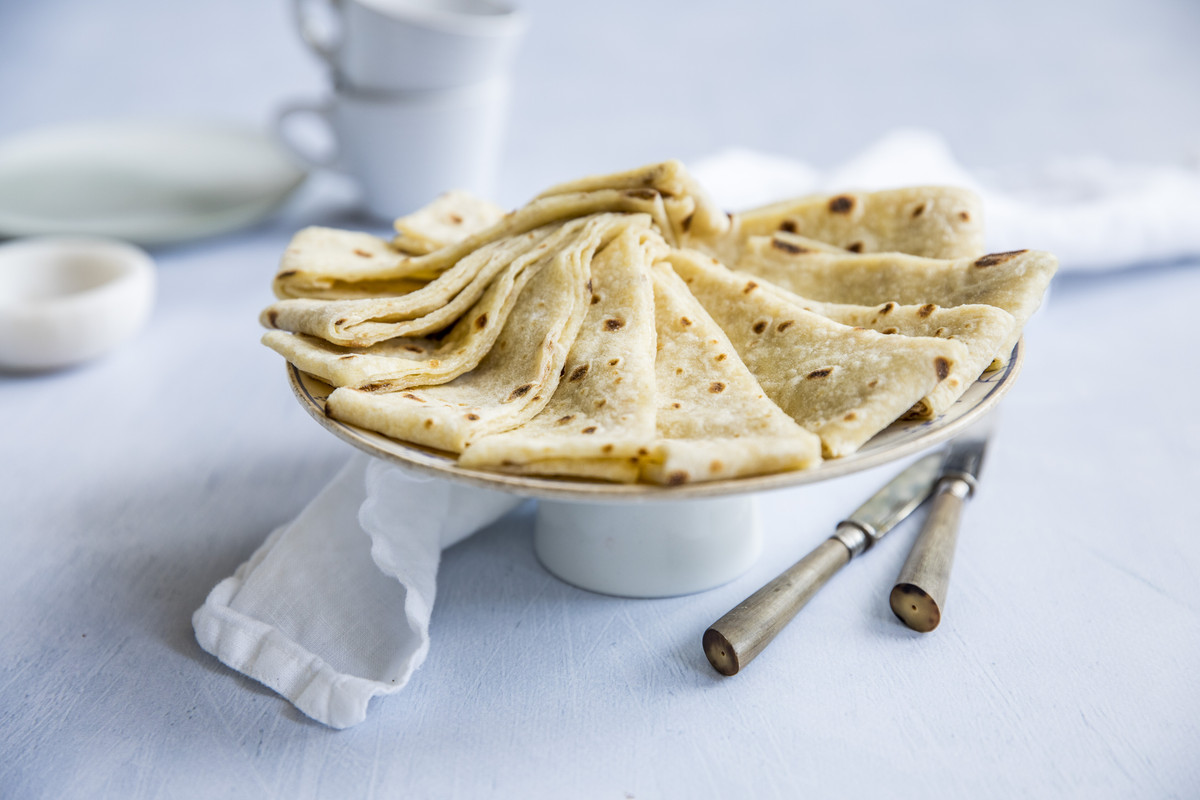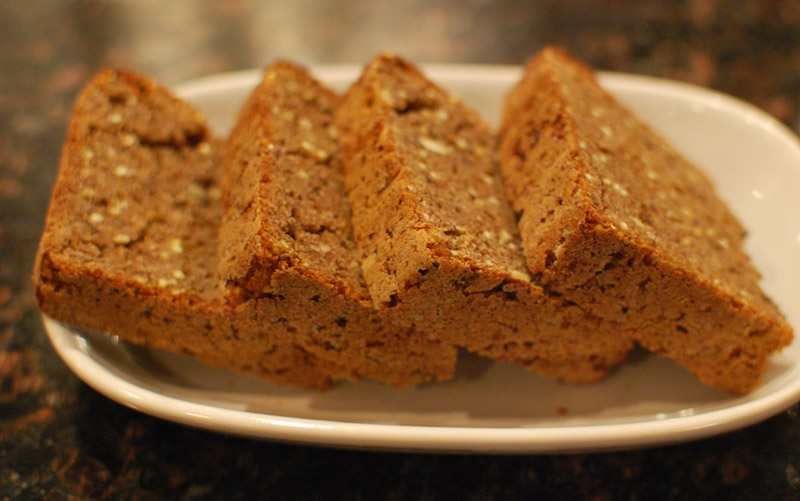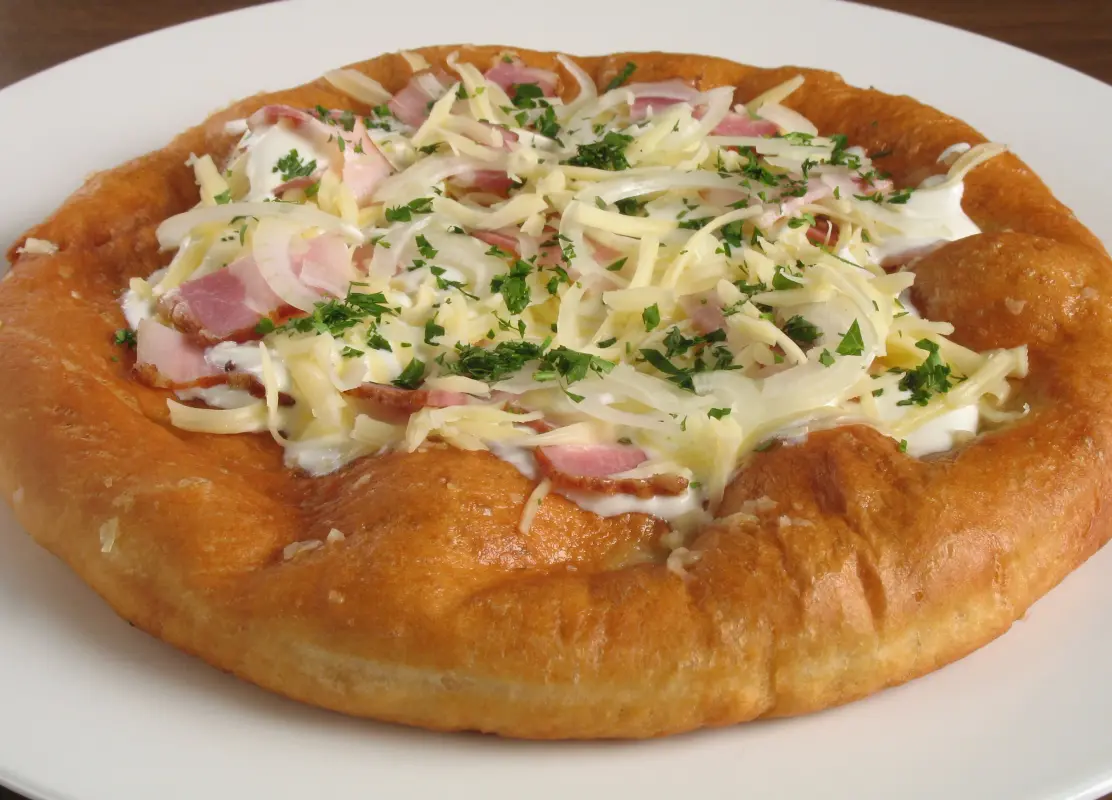One of the world's oldest staple foods is bread, and there are hundreds of different varieties and dishes in Europe alone that differ from one nation, culture, or region to another. Flatbreads, rye breads and citrus are all part of the rich tapestry of flour that you can find throughout the continent. To give water to our mouth, we have scored very well, from traditional favorite to more modern works - some of which can surprise you.
Rúgbrauð: Discover Iceland’s Traditional Dark Rye Bread
Dark breads ripened with rye are incredibly popular throughout northern Europe. Rugbru, pronounced "disease-bread," is a dense, rectangular, crustless, and sweet Icelandic bread. Traditionally, the dough is placed in a vessel or wooden pipa, then buried near a geyser and cooked through geotomal heat (so it is often known as geyser or lava bread). However, these days, the cooks of the house bake it in a square pan in the oven. It is often served with butter, pâté and pickle.
Lefse, Norway: A Traditional Norwegian Flatbread You’ll Love

Some people may call it potato pancake, but a left is actually a type of flatbread. This Norwegian staple, ride, is made with potatoes, butter, and either milk, cream, or Lord. It is frequently stuffed with delectable or enticing ingredients and then rolled. Butter, sugar and cinnamon are common filler, but more adventurous options include lingonberry and gomm (a sweet Norwegian cheese proliferation).
Morning Roll in Scotland: A Beloved Breakfast Tradition
Chewing from inside and thrives at the top, the morning roll is a Scottish favorite. This traditional bread is a breakfast and lunch staple. The recipe varies from the region to the region (and on the basis of priority of the baker); Some morning rolls are soft, some are crispy, and some are removed very well, with black tops.
Vollkornbrot: Germany’s Famous Whole Grain Bread

One of the most popular bread in Germany, is packed with Volcornbroot rye, giving it a rich taste and a dense texture. Many forms of rye are used to make it - which is rye flour, rye berries and torn rye - and it is part of the sour family, so it has a slight taste. To promote a texture, seeds and nuts can also be added; Think about crisp sunflower or pumpkin seeds, or blitz-up walnuts.
Discovering Fougasse: France’s Traditional Flatbread Delight
The size of the bread of bread from southern France is sure to catch your eye. Not only this shallow slash, oval -shaped loaf gives it a rustic look of wheat head, but they also increase its surface area, resulting in an additional crush crust. Made with a flour that is rich in olive oil, similar to Focaisia, it was introduced in France by the Romans. There are many regional variations; In Provence, it tops with Rosemary and Olives, while in Nice and Marsile, it often contains olives, tapenade and sun-dry tomatoes. You can also get your hands on sweet versions in the Languedoc-Roussillon region.
Read more:- The Best Fried Chicken in Every State
Discover ─Žob┼╝ tal-Malti: The Heart of Maltese Cuisine
The pronunciation 'Hobbes Taal-Malti', this Maltese Staple reflects the diverse history of the country. The Romans once captured the island, bringing many bread baking techniques with them - and the word Hob comes from Arabic, which had a strong impact on the local language. This traditional bread is usually cooked in an oven made of wood, which begins with a sour starter and a long -proven process. It often rubs with tomatoes (or tomato paste), dripping with olive oil and is filled with materials such as tuna, olives, capers and onions.
What Is Lángos? Hungary’s Beloved Street Food

Hardik and satisfactory, this flour Hungarian happiness is usually the top with cheese and garlic sour cream, or even meat stu - so it is just to reach when you are taking a little rest. Lángos was traditionally cooked in brick or soil oven, but in modern versions there is more likely to be fried in oil. Easily portable, they are a common street food that can be found across the country.
Discovering Houska: A Hidden Gem in Czechia
Often with spraying of sea salt, poppy seeds or carawee seeds, the check house is fluffy in the middle and crisp on the outside. The dough is deliciously rich and moist with eggs, milk and vegetable oil, and the buns with plaque are cooked until they have a light golden color. Popular at breakfast, along with Hauka pair -with butter and jam or marmalade -they do it with charming spread.
Zopf, Austria, Germany and Switzerland
ZOPF, a type of plaque, often found on the Swiss breakfast table on Sunday morning. The specific two-strand braid design ensures a lot of crispy crust-which when chopped, gives way to a soft and slightly chewing interior that is delicious in butter, jam or honey. The rich dough includes milk and butter, and sometimes eggs, which gives it a little sweetness without the need for sugar (if any). Zopf is so popular that Swiss supermarkets sell special Zopf flour (usually a mixture of wheat and spelling flour).








